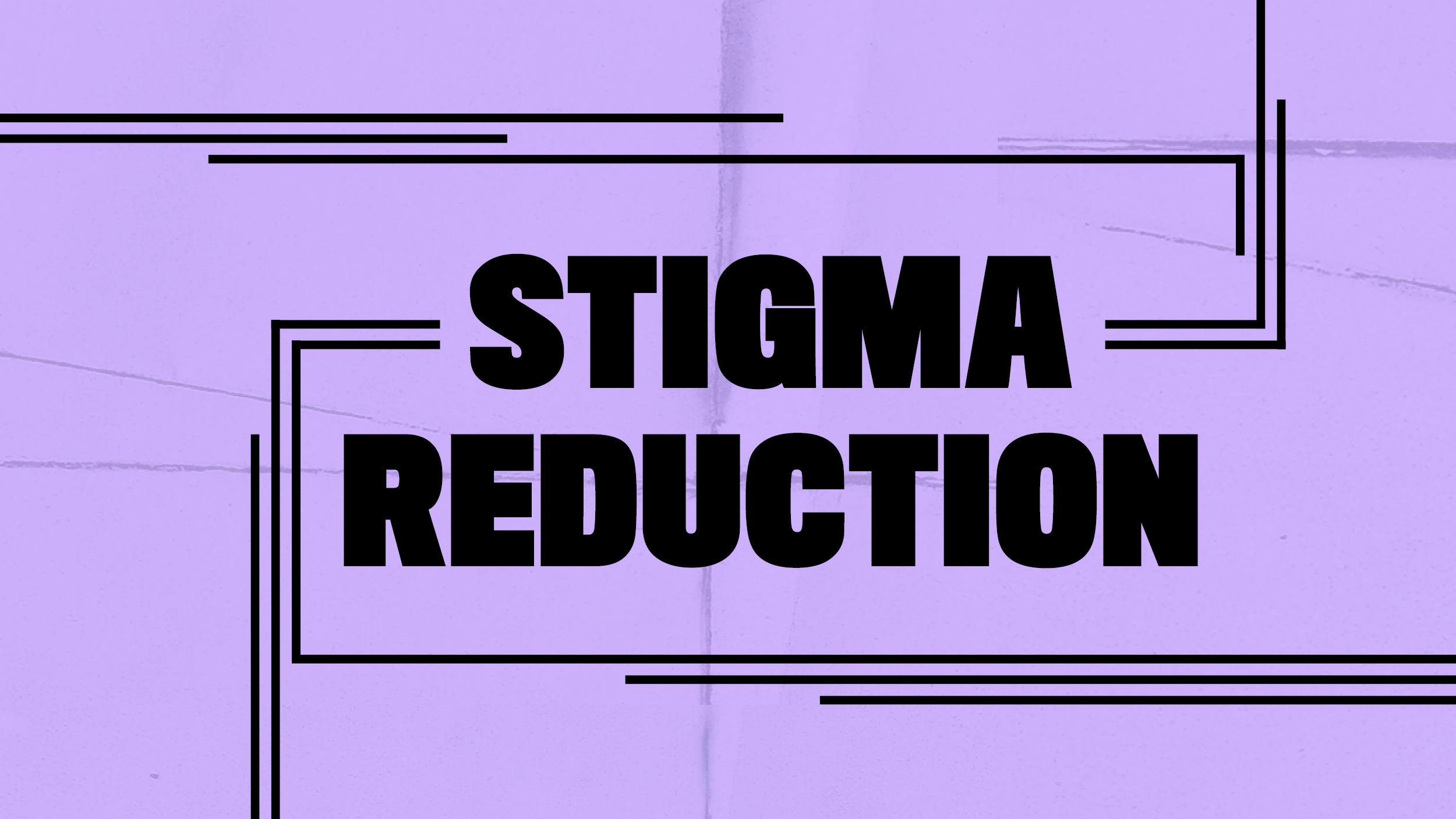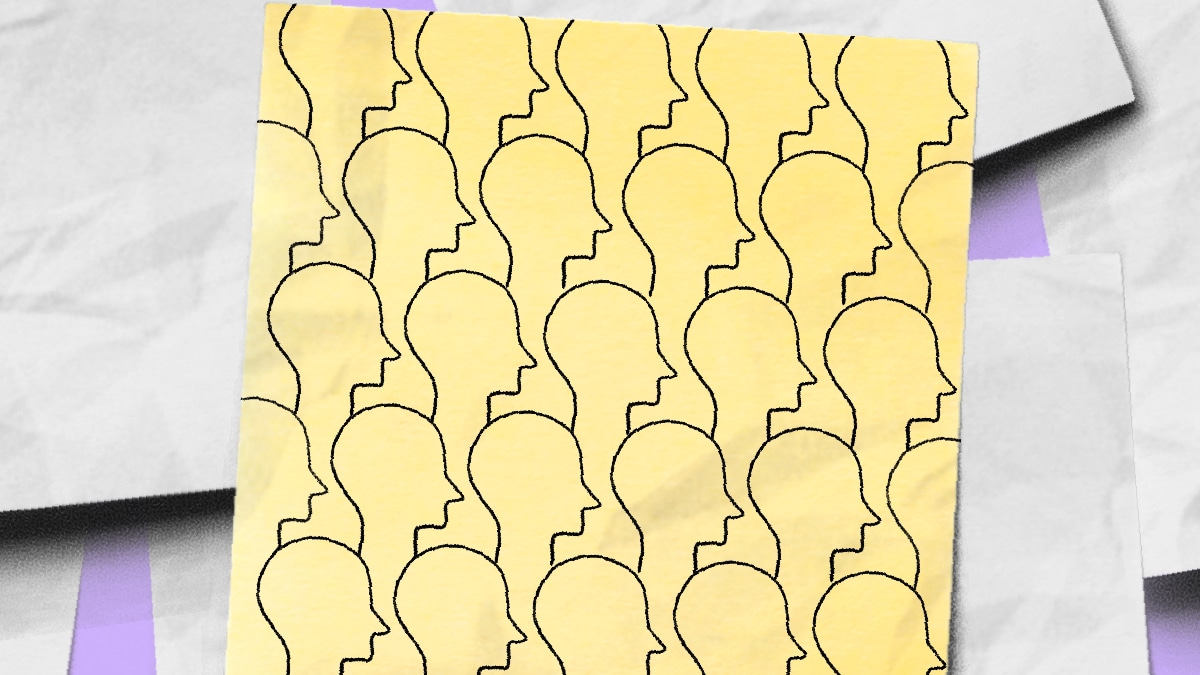At a glance
- Addiction can happen to anyone.
- There are safe and effective ways to recover.
- Finding the right treatment option can be the key to someone's recovery journey.

Addiction can happen to anyone
One in 6 Americans reports experiencing a substance use disorder.1 There is not one single driving factor that leads to addiction. Some people may use drugs as a way to cope with stress, trauma, or mental health issues. Some people may even develop opioid use disorder after misusing opioids they are prescribed by doctors. In any case, using drugs over time makes it easier to become addicted.2
Drug use and effects on the brain
When people take drugs, the brain is flooded with chemicals that take over the brain's reward system and cause them to repeat behaviors that feel good but aren't healthy.
The brain adapts to continued drug use by developing a tolerance, which means it takes more of a drug to feel the same result.
Not only does this lessen the brain's ability to resist intense urges to take drugs, but it can also affect the amount of pleasure a person receives from healthy activities like enjoying food or the company of others.
Substance use disorder (SUD)
Substance use disorder (SUD) is defined as a problematic pattern of substance use leading to clinically significant impairment or distress. Education and awareness around the harm of using substances, along with the support of friends, parents, and caregivers, can help prevent SUDs.
Opioid use disorder (OUD)
Opioid use disorder (OUD) is defined as a problematic pattern of opioid use that causes significant impairment or distress. In 2022, 6.1 million people aged 12 and older had an opioid use disorder.1 Prescription drug monitoring programs, state prescription drug laws, and education around safe storage and disposal can help in prevent prescription opioid misuse, OUD, and overdose3.
Stimulant use disorder
Stimulant use disorder is defined as a problematic pattern of stimulant use (e.g., cocaine, methamphetamine, or prescriptions stimulants) that causes significant impairment or distress. About 4.5 million people in the U.S. have a stimulant use disorder.1
Addiction is a treatable disease

Overcoming a SUD is not as simple as resisting the temptation to take drugs through willpower alone. Recovery may involve medication to help with cravings and withdrawal as well as different forms of therapy. It may require checking into a rehabilitation facility.45 Recovery can be challenging, but it is possible.
Recovery options
There are safe and effective ways to recover from SUDs. Finding the right treatment option can be the key to a successful recovery journey.
Medications for opioid use disorder (MOUD)
Many people with opioid use disorder benefit from treatment with medication. Medications for opioid use disorder (MOUD) can help with cravings and withdrawal symptoms.5 MOUD is effective in helping people overcome addiction, stay in recovery longer, and prevent reoccurrence of use.678 MOUD medications approved by the Food and Drug Administration (FDA):
- Methadone
- Buprenorphine
- Naltrexone
Taking these medications during treatment doesn't mean taking the easy way out; it means finding something that works best for that individual.
Additional treatment options
Cognitive-behavioral therapy seeks to help patients recognize, avoid, and cope with the situations in which they're most likely to use drugs.
Contingency management uses positive reinforcement such as providing rewards or privileges for remaining drugfree, for attending and participating in counseling sessions, or for taking treatment medications as prescribed.
Motivational enhancement therapy uses strategies to make the most of people's readiness to change their behavior and enter treatment.
Twelve-step facilitation therapy is an individual active engagement strategy designed to encourage people to accept drug addiction as a chronic, progressive disease and prepare them to begin a 12-step mutual support program.9
Outpatient counseling can help people understand addiction, their triggers, and their reasons for using drugs. This form of treatment can be done at a doctor's office or via telehealth appointment.
Inpatient rehabilitation at a full-time facility provides a supportive environment to help people recover without distractions or temptations.
Find help today
Reoccurrence of use is not a sign of failure
Reoccurrence of use may happen to people who use drugs and can happen even years after not taking the substance. More than anything, reoccurrence of use may be a sign that more treatment or a different method is needed. A routine review of one’s treatment plan may be necessary to determine if another method could be more effective.
Resources
- What to do if you think someone is overdosing
- Rx Awareness: Real Stories from real people who have shared their personal accounts about dealing with prescription opioids.
- Explore stigma reduction and other educational materials on CDC's Overdose Resource Exchange.
- https://www.samhsa.gov/data/sites/default/files/reports/rpt42731/2022-nsduh-nnr.pdf
- https://nida.nih.gov/publications/drugs-brains-behavior-science-addiction/drug-misuse-addiction
- https://store.samhsa.gov/sites/default/files/pep21-02-01-004.pdf
- https://www.asam.org/quality-care/clinical-guidelines/stimulant-use-disorders
- SAMHSA. 2022, March 22. Medications, Counseling, and Related Conditions. Retrieved from https://www.samhsa.gov/medications-substance-use-disorders/medications-counseling-related-conditions
- https://store.samhsa.gov/sites/default/files/pep21-02-01-002.pdf
- NIDA. 2021, April 13. How do medications to treat opioid use disorder work?. Retrieved from https://nida.nih.gov/publications/research-reports/medications-to-treat-opioid-addiction/how-do-medications-to-treat-opioid-addiction-work on 2023, April 6
- https://nida.nih.gov/nidamed-medical-health-professionals/treatment/opioid-use-disorder-treatment
- Donovan DM, Ingalsbe MH, Benbow J, Daley DC. 12-step interventions and mutual support programs for substance use disorders: an overview. Soc Work Public Health. 2013;28(3-4):313-32. doi: 10.1080/19371918.2013.774663. PMID: 23731422; PMCID: PMC3753023
